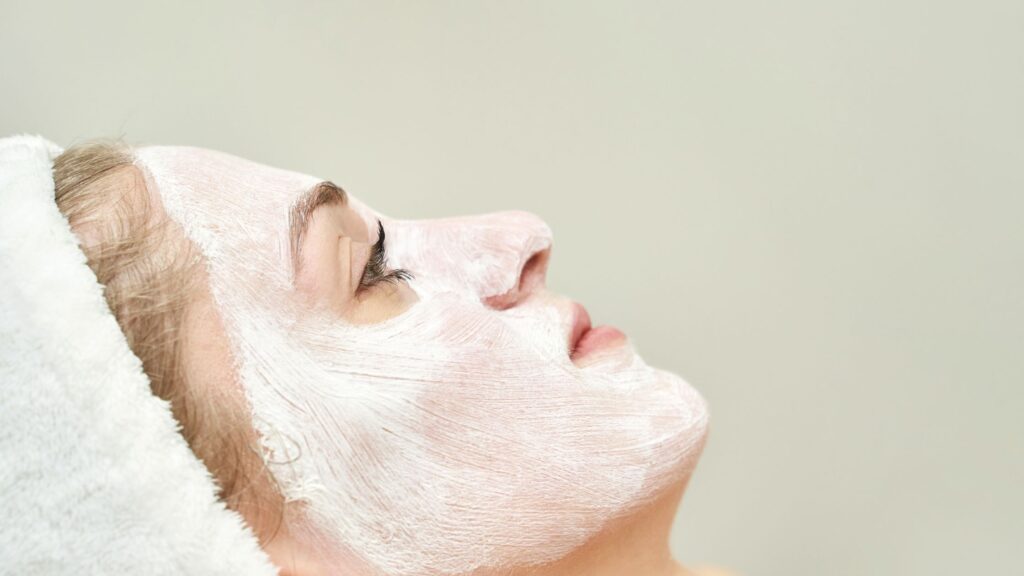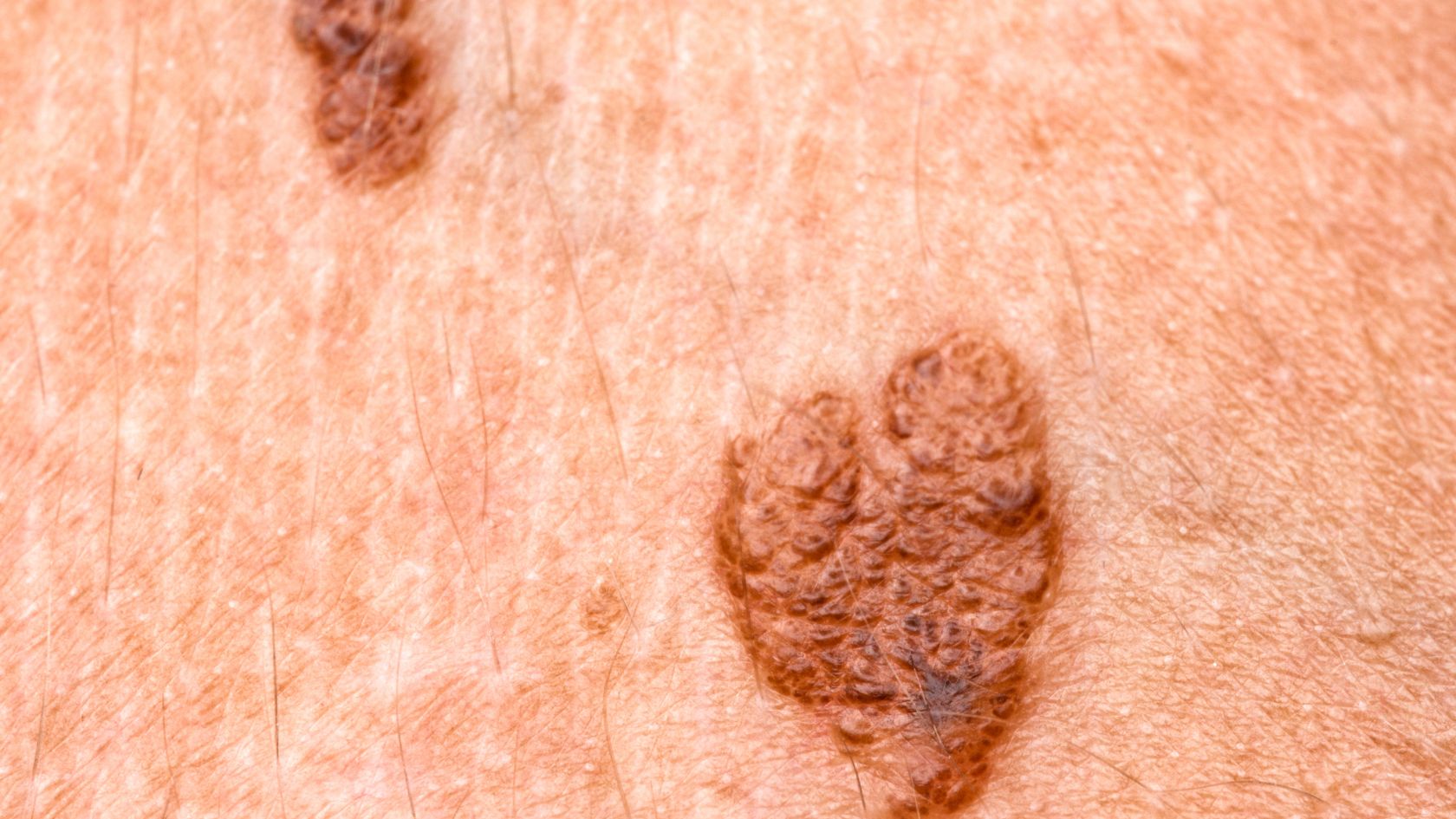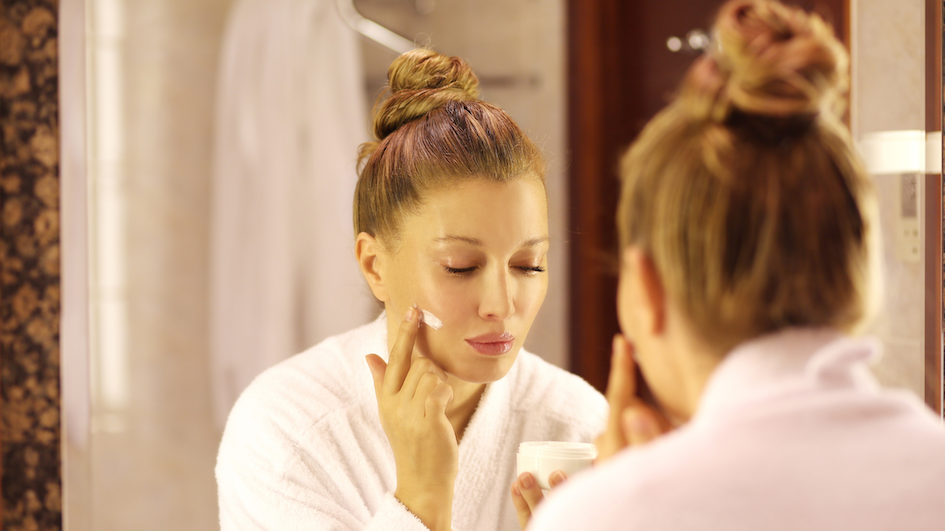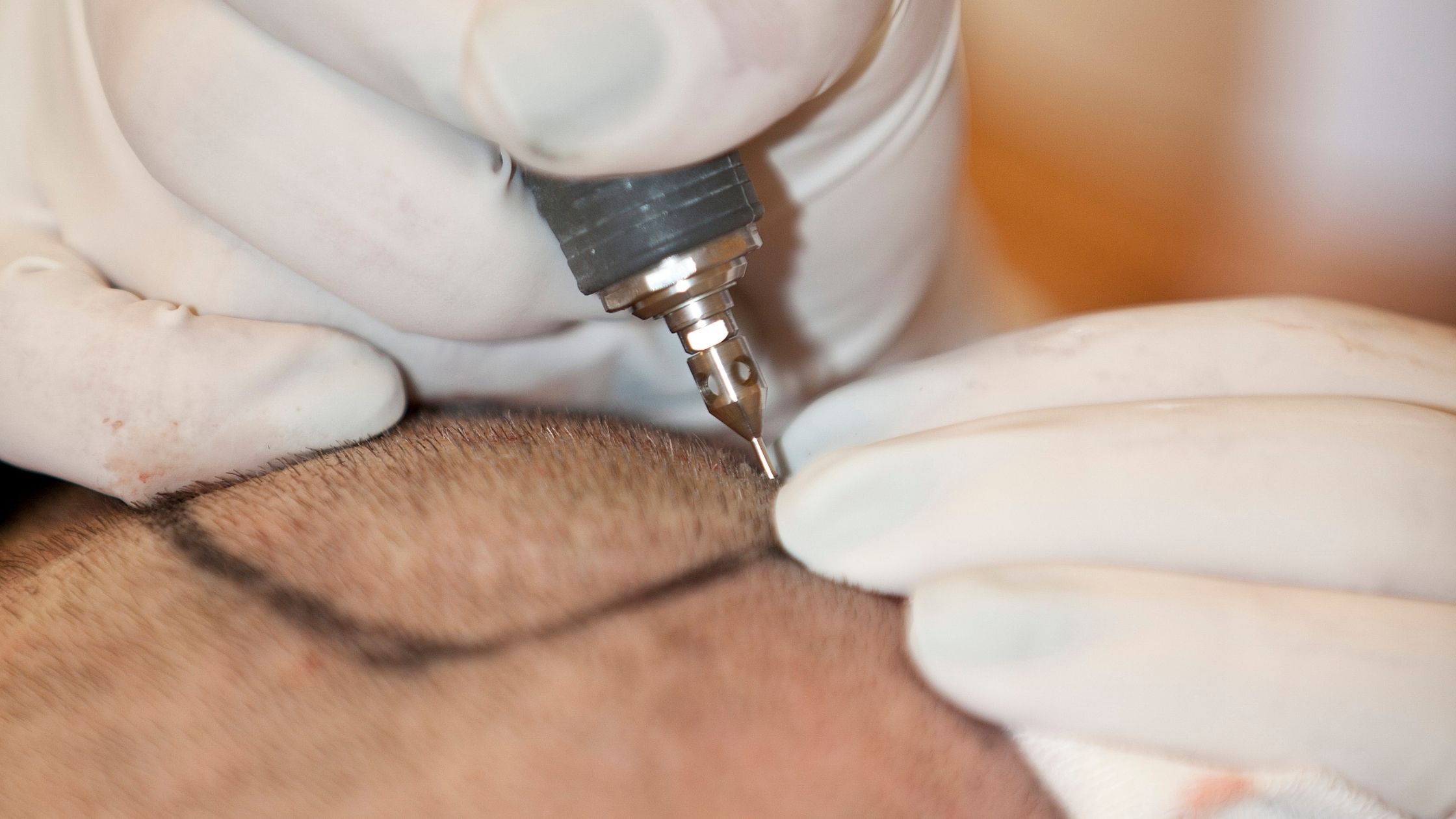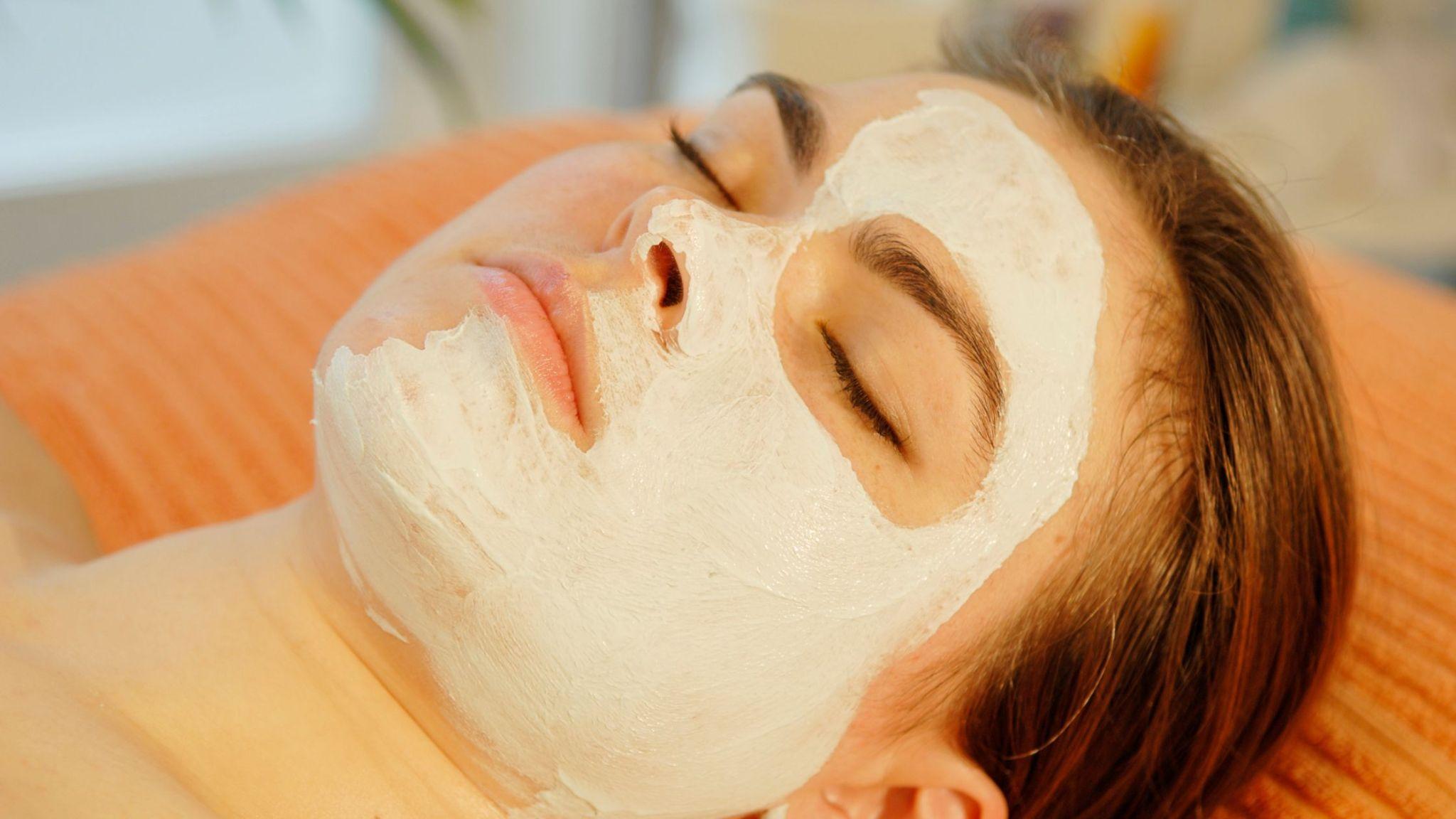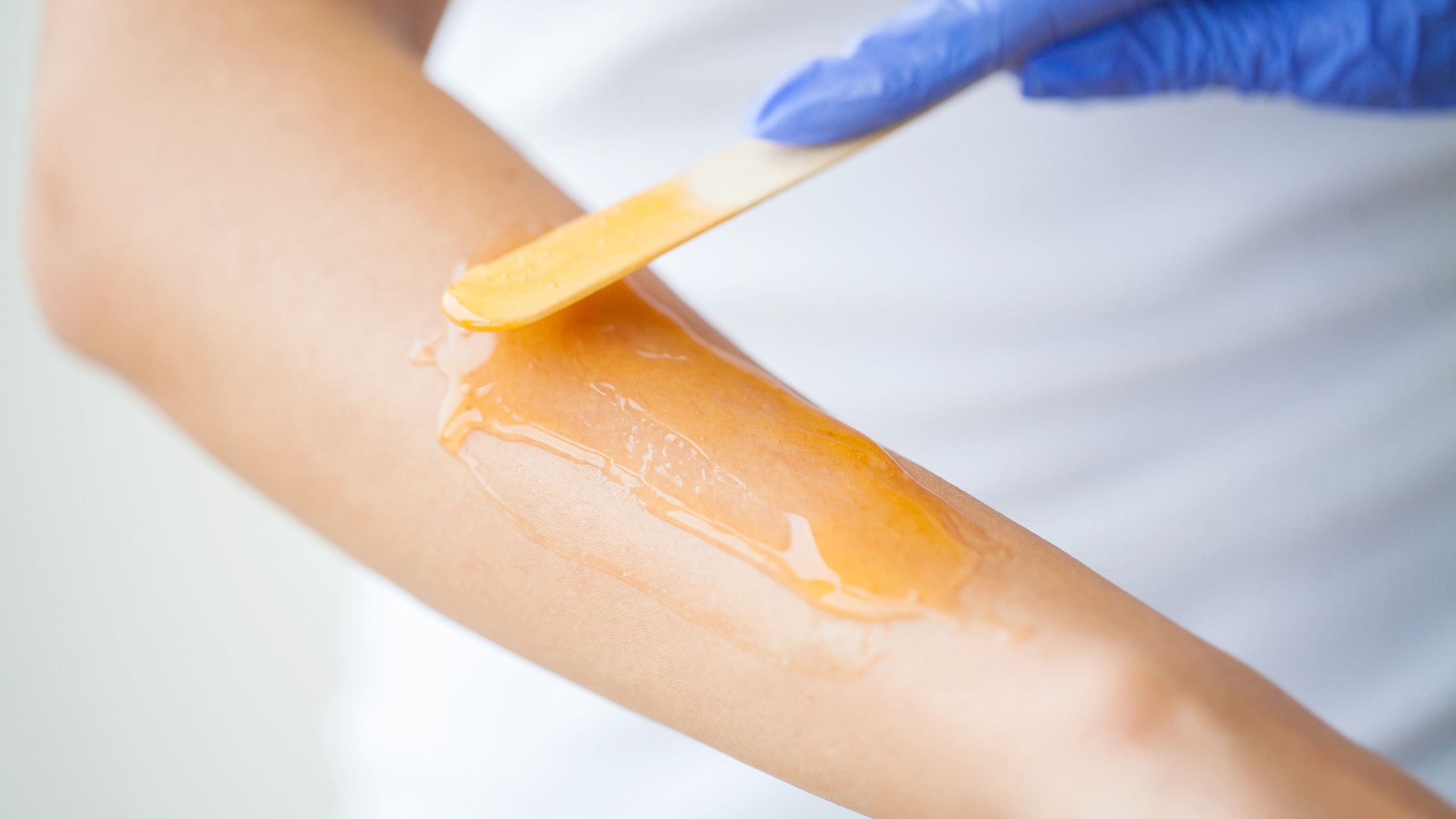Do you take care of your skin like the rest of the body?
If your answer is ‘NO’, then your skin is getting damaged without your knowledge. Adding to your woes are the drastic climatic changes and harsh pollution. This leads to your skin aging faster than the normal pace. As a result, it’s not hard to find people who look older than their age these days due to poor skincare routines.
Thankfully, all’s not lost. Dermatologists and researchers across the globe have perfected various treatments to help slow or hide the aging process.
Chemical Peels is one such powerful treatment.
What is a chemical peel treatment?
Chemical peel treatment is a minimally invasive procedure through which the damaged and old skin on the surface is removed to give way to fresh, younger-looking skin beneath it. The new skin formed is less wrinkled.
Contrary to popular beliefs, the skin is actually not peeled off instantly during chemical peels treatment. Instead, the application of a chemical solution will blister the skin first, which will eventually lead to peeling off the skin later. This procedure can be carried out on the hands, face, and neck.
How is a chemical peel treatment performed?
This treatment is usually carried out in the dermatologist’s office, who will choose the peel type based on your desired results. The dermatologist will start by cleansing your skin thoroughly. Once the area is clean, a concoction of multiple chemical solutions like salicylic acid, glycolic acid, carbolic acid, lactic acid, or trichloroacetic acid is prepared. This solution is then applied to your skin. The applied area forms a controlled wound, which peels the skin, giving way to the skin layer below.

Types of Chemical Peels
There are three types of chemical peels: Light, Medium, and Deep.
- If you want to get treated for uneven skin tone, dry skin, fine wrinkles, or acne, you can choose the light chemical peel. In this type, the chemicals used are mild, which makes the treatment completely safe. You can continue the treatment once every 2-3 weeks based on the result.
- In the medium peel, the chemicals used are a bit stronger than the ones used in the light chemical peel. In this, two layers of your skin are removed – the epidermis layer and the layer situated immediately below the epidermis. You can choose this type of peel for uneven skin tone, acne scars, and wrinkles.
- If you are looking for long-lasting results, then a deep chemical peel is the way to go. In this, very strong chemicals are used to treat your skin. To help you with any discomfort or pain, the dermatologist will numb the area with local anesthetics. This type of peel is best suited for precancerous skin patches, deep wrinkles, or deep scars.
Why should you opt for Chemical Peel Treatment?
One of the key reasons behind the success of chemical peels is that they have very low risks. Chemical peel treatment is considered a totally safe procedure for people of all skin colors and types. The best part about this treatment is that it is totally customizable based on your skin type and the expected results. On that note, here are the different reasons why you should adopt the chemical peels treatment –
To give a supporting hand to your skincare products
As the chemical peel solution starts working on your skin, the dead skin cells are removed slowly. This would boost the skin cell activity in your body and would promote the production of more skin cells (skin cells start multiplying). This makes your skin much smoother. Now, smoother skin has several benefits. One of the biggest advantages is that such skin is receptive to skincare products. Since there are no dead cells on the surface of your skin, the skincare products can easily penetrate the skin’s surface and do their intended function.
To reduce sun damage
Sun is one of the main antagonists to healthy skin. Long exposure to the sun can lead to various skin conditions such as freckles and sunspots. Exposure to the sun can also cause blotchiness and fine lines on your skin, making you look old. A mild chemical peel can help treat all these problems.
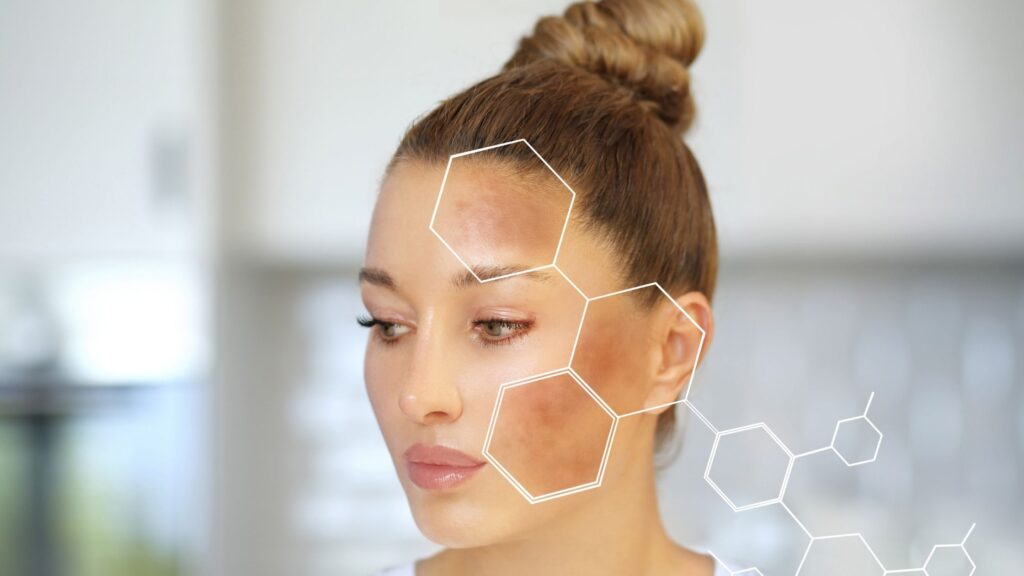
To control melasma
Melasma is a common form of hyperpigmentation that is usually resistant to various treatments. It can be caused by various conditions, including hormonal surges. Thankfully, melasma can be managed and reduced through chemical peel treatment. If you have dark spots and notice a spike in pigmentation problems, it is best to adopt chemical peels to balance the skin color.
To treat acne
Chemical peel treatment unclogs the pores and also removes blackheads from the surface of your skin. It can also ease your acne breakdown and reduce the scarring of the skin. The chemicals in the peel have powerful ingredients that get deposited on your skin. These ingredients help to fade off acne marks from your skin. Lactic acid and salicylic acid are usually the preferred ingredients to treat acne scars. Salicylic tend, in particular, tends to stay longer in the skin’s pores. This way, your pores are kept clean for a long time. Trichloroacetic acid is also quite useful.
To treat Rosacea
It is estimated that more than 10 million cases of Rosacea are reported in India every year. It is an inflammatory condition that causes tiny bumps, redness, and swelling on the skin surface. Sometimes it also causes acne-like breakouts (known as acne rosacea). Chemical peel treatment helps in relieving the symptoms of rosacea. However, it is recommended only for patients with mild and moderate conditions.

Wrapping Up
As you have seen in this post, the chemical peel treatment does offer a lot of benefits for patients. However, like every other treatment, there are also a few risks and side effects associated with it. The only way to eliminate all forms of risks and side effects associated with a skincare treatment is by picking the right dermatologist.
It is very important to choose someone who has sufficient years of experience treating similar conditions as yours. If you are in Bengaluru, then you can visit the clinic of Dr. Renu Nair, who has over 10 years of experience performing chemical peels treatment. To book an appointment with her, click here.
